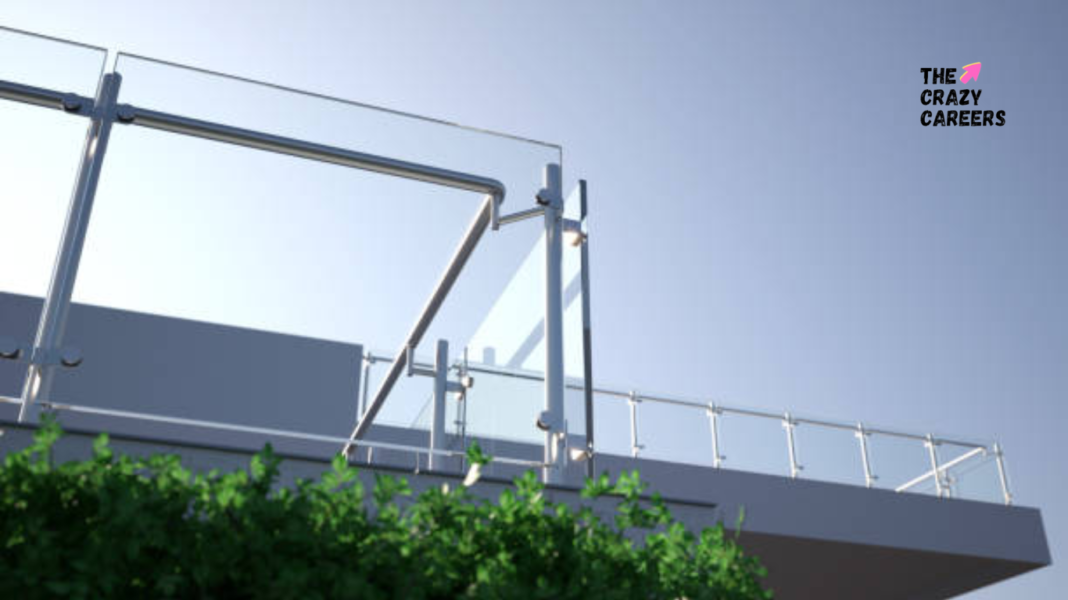In contemporary architecture, the demand for materials that enhance aesthetics, safety, and sustainability is growing. Consequently, laminated glass has become a popular choice among architects and builders worldwide. According to a recent market analysis, the global laminated glass market was valued at approximately USD 19 billion in 2023. It is projected to reach USD 27 billion by 2028, growing at a compound annual growth rate (CAGR) of 7.2%. So, want to know the Advantages of Laminated Glass?
This growth results from the material’s versatility and multifunctional properties, which meet the evolving needs of modern construction. Not only does laminated glass contribute to the visual appeal of buildings, but it also offers numerous functional benefits. It enhances security and provides energy efficiency, playing a crucial role in contemporary building design. Therefore, this article explores the key advantages of laminated glass in modern architecture, focusing on its impact on safety, insulation, UV protection, and design flexibility.
Advantages of Laminated Glass in Modern Architecture:
Enhanced Security and Safety
Laminated glass offers significant safety and security benefits. It consists of two or more glass layers bonded with an interlayer, usually made of ethylene-vinyl acetate (EVA) or polyvinyl butyral (PVB). This interlayer prevents the glass from shattering into dangerous shards. It holds the broken pieces together, reducing the risk of injuries during accidents, natural disasters, or break-ins. This property makes laminated glass an ideal choice for high-risk areas like banks, schools, and commercial buildings. Its resistance to forced entry further enhances security.
Superior Insulation and Noise Reduction
Laminated glass excels at sound insulation, making it ideal for buildings in noisy environments. The PVB or EVA interlayer acts as a sound barrier, significantly reducing noise transmission. This results in quieter, more comfortable indoor spaces, enhancing the quality of living and working conditions. The insulating properties also contribute to thermal regulation, aiding in energy conservation.
UV Protection
Laminated glass provides excellent protection against harmful ultraviolet (UV) rays. The interlayer blocks up to 99% of UV radiation, safeguarding interior furnishings and occupants from sun damage. This feature is especially valuable for buildings with extensive glass surfaces, like offices, museums, and retail stores. It prevents discoloration and degradation of furniture and products, extending their lifespan.
Energy Efficiency and Environmental Benefits
Laminated glass can be paired with energy-efficient technologies like low-emissivity (Low-E) coatings. Low-E coatings reflect infrared energy, reducing heat gain in summer and heat loss in winter. This combination creates a highly efficient glass system, supporting sustainable building practices. Laminated glass thus contributes to environmental goals, reducing the energy consumption of buildings.
Design Flexibility and Aesthetics
Architects and designers value laminated glass for its design versatility. It can be customized in various colors, patterns, and textures. The interlayer can include decorative elements like printed graphics or frosted finishes. Laminated glass can also be bent or curved to fit complex architectural shapes. This flexibility allows for creative and visually striking designs in both interior and exterior applications. It is used in windows, partitions, balconies, facades, and flooring.
Durability and Low Maintenance
Laminated glass stands out for its durability and low maintenance requirements. The interlayer effectively protects the glass from moisture and UV damage, which prevents deterioration. As a result, laminated glass retains its appearance and functionality over time, thus reducing the need for replacements.
Also Read | IIT Madras Researchers develop Blast-Resistant Plates for Armoured Vehicles
Laminated glass plays a crucial role in modern architecture, offering numerous benefits. It enhances security and safety, reduces noise, provides UV protection, and improves energy efficiency. Additionally, it offers design versatility and durability, making it an excellent choice for contemporary buildings. As technology continues to advance, laminated glass will likely become even more integral to architecture, contributing to safer, more sustainable, and aesthetically pleasing structures.
About Author: Mr. Dinesh Chandra Pandey, Managing Director of Shankar Fenestration Glasses




